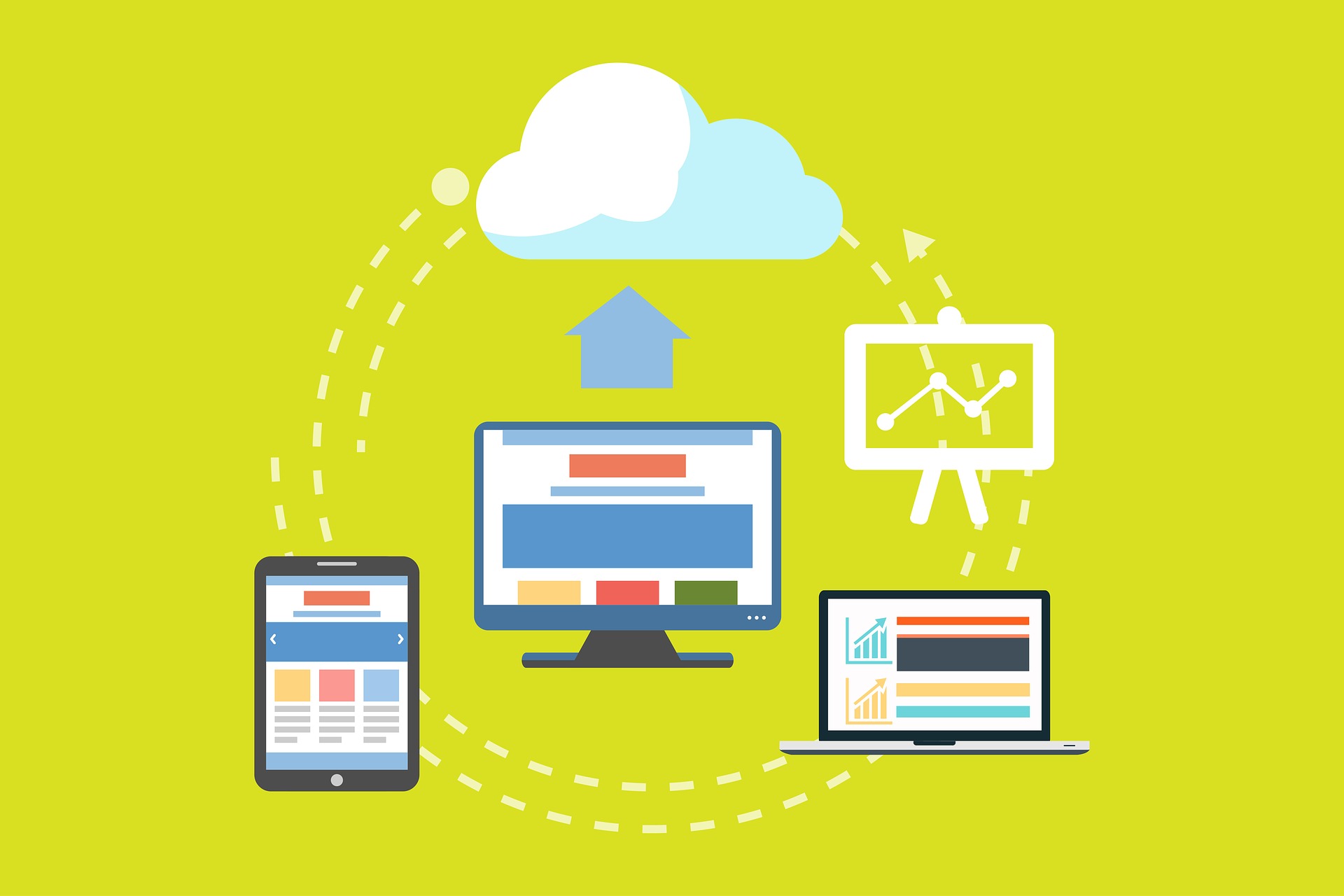For enterprises that already have unified communications (UC) and contact center (CC), cloud implementation might be the next logical step for one or both of these services. While planning the migration to the cloud, enterprises should understand the financial and operational costs in addition to the enhanced capabilities - such as analytics, machine learning, and artificial intelligence - that it will provide.
Cloud Challenges, Opportunities
Don’t assume moving to the cloud is a one and done project. When moving to the cloud, there is an opportunity to reevaluate your network and your organization’s needs. Since you’re outsourcing functionality to third-party, you might have to reconsider staffing requirements, possibly reducing staff or changing their responsibilities. Staff might also be needed to monitor cloud services to ensure it delivers what you need. Part of the monitoring will also be cost management. This becomes important when looking at seat charges.
In addition to potential shifts in staffing, there might be obstacles when it comes to:
- Automation
- Training
- Workload placement
- Security tools and their use
- Identity management
- Modified networks
- Compliance
- Governance
When it comes to cloud migration though, there are three main phases of its implementation, which include:
Phase 1- Before the Move
Before making the jump to the cloud, you should assess existing infrastructure and gather as much information from the service provider. Cloud service provider, if possible, should visit your site and deliver presentations on how to perform assessments of existing architecture and its dependencies – a number of which might not by cloud candidates. They will also help identify unexplored areas and highlight underestimated complexities.
An audit of an existing environment will also show gaps, including security, automation, template, process, and procedure issues. You’ll need to know the current system, so you can better understand issues that may surface during migration. In some cases, moving to the cloud will help close these gaps and improve overall operations.
Phase 2 - Workloads
Migration processes are unique to each enterprise. An enterprise might use one vendor's UC and another's CC or opt for a suite of services from one provider. Some enterprises might go "full" cloud, while others might take
a hybrid approach. Regardless, there are four possibilities for moving to the cloud:
- You re-host what you already own and shift it to the cloud.
- You could reinstall, which is an option to create and deploy the workloads and then do a fresh installation of the UC and CC applications.
- Re-factor involves cost of performance optimizations.
- Redevelopment means you go back and modify the code that you already have.
Since you’re moving data as well as applications, a disaster recovery plan and data backups are essential. Additionally, network security is crucial to ensure data is transferred safely and successfully.
Phase 3 - Post Implementation
Successful cloud migrations require several post-migration considerations and solutions. Once the service is operating, there’ll be several management functions that the cloud service provider as well, as the organization, need to perform. These include:
- Incident management (nothing is perfect)
- Being able to remotely monitor the operation
- Keep up with routine maintenance
- Access and network management
- Change management (nothing is that static)
- Service level reporting (SLA) compliance
- Virus and spam protection
- Data backup
Furthermore, management tasks can be performed better with automation. Automation capabilities of services should be evaluated in phase one but used consistently during phase three. Since you’re outsourcing services, you need to use the reporting capabilities of the service to ensure optimized cost, good security, and to make sure operational goals are being met.
Also, don’t wait for an incident to occur. Keep collecting information from the cloud service and use it on a dashboard, so you can monitor your users and customer’s environments in real-time. Since many enterprises have industry-specific regulations, cloud services need to satisfy those regulations to avoid liability.










